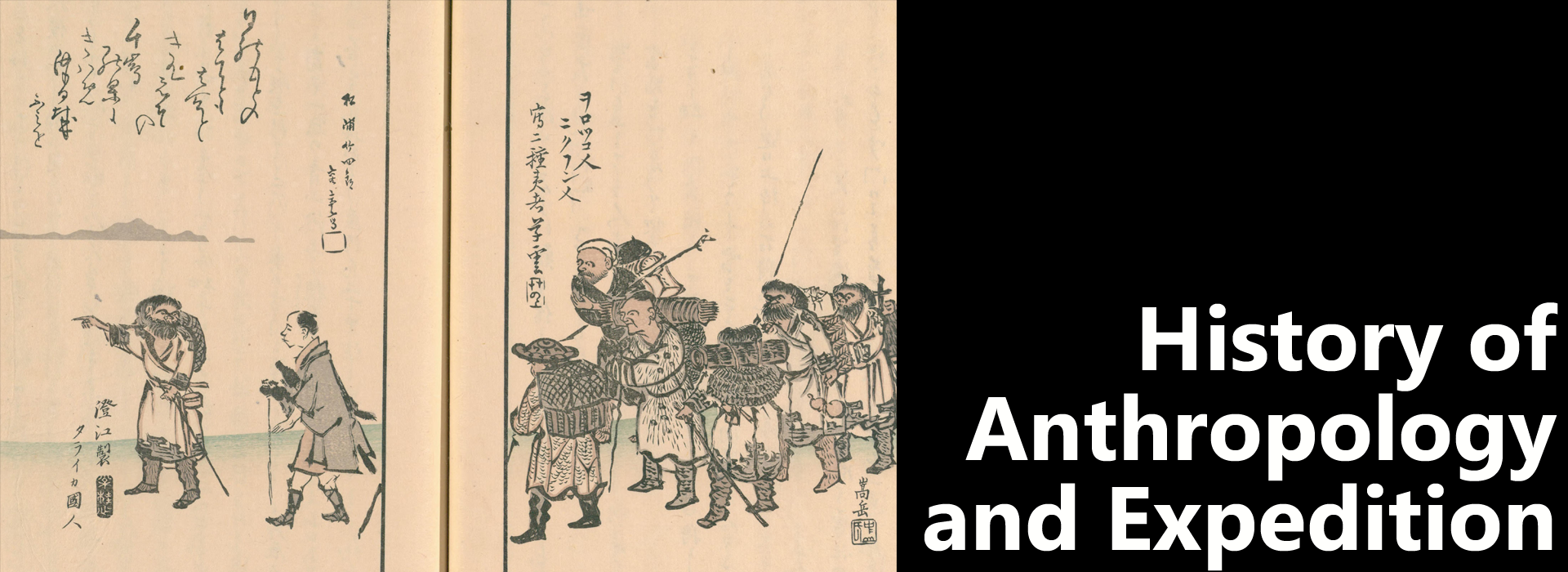
"Leave your books and go out to the town" is a call from Shuji Terayama. It is quite recently, however, researchers belonging to universities abandoned books and laboratory equipment to go out of the university building. Although Tomitaro Makino created his own botanical studies based on excellent fieldworks, he was also very good at literature of both Japanese and Chinese herbalism. So-called natural science was in such a situation, not to say humanities and social science where researchers began their full-scale fieldworks much later: it was around the 1930s, we can say, when Kunio Yanagita regarded everyday activities as academic materials and collected reports about them on a nationwide scale.
Interestingly, researchers did not necessarily concentrated themselves only on research and were actively involved in visual-content production until the record of ordinary people’s everyday life is recognized by the general public as an academic activity. Museum exhibitions, collecting objects for that purpose, and film shooting are the examples. Kunio Yanagita, along with photographer Shigeru Miki, also wrote a book “Folklore of a Snow Country” which was a unique ethnography composed of photographs and texts. After the World War II, “totally true color” films featuring anthropologists became a hit in the theater, and their activities appeared in television programs emitted to every home. These visual expressions seem to have been extra products of academic activities. However, considering that people's lives are effectively recorded not only by text but also by video, and that the records can be viewed in non-academic contexts, the researchers’ media activities can be said to have greatly expanded the base of academics.
Field studies in the humanities and social sciences still maintain contact with general public. Field studies in these disciplines may still be meaningful because ordinary people's lives have something to learn for other ordinary people.